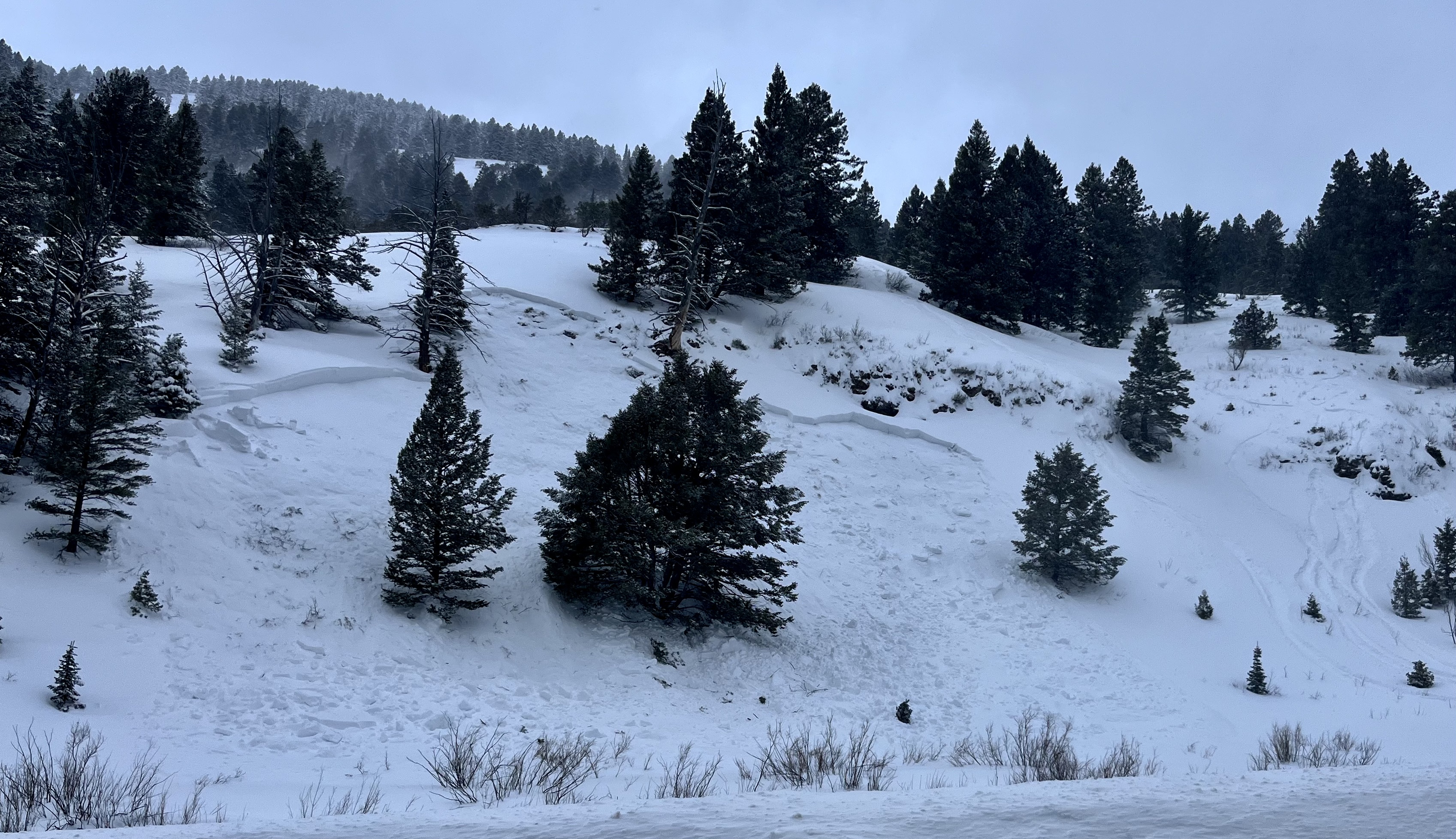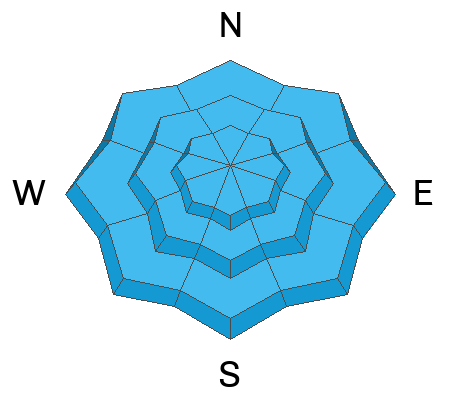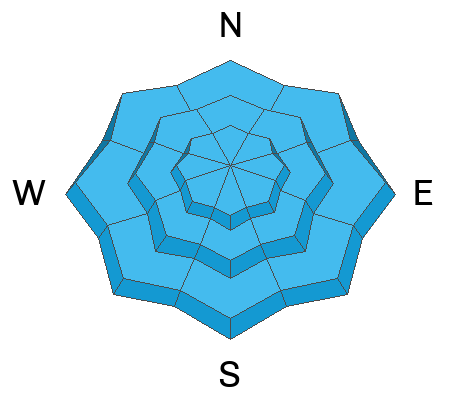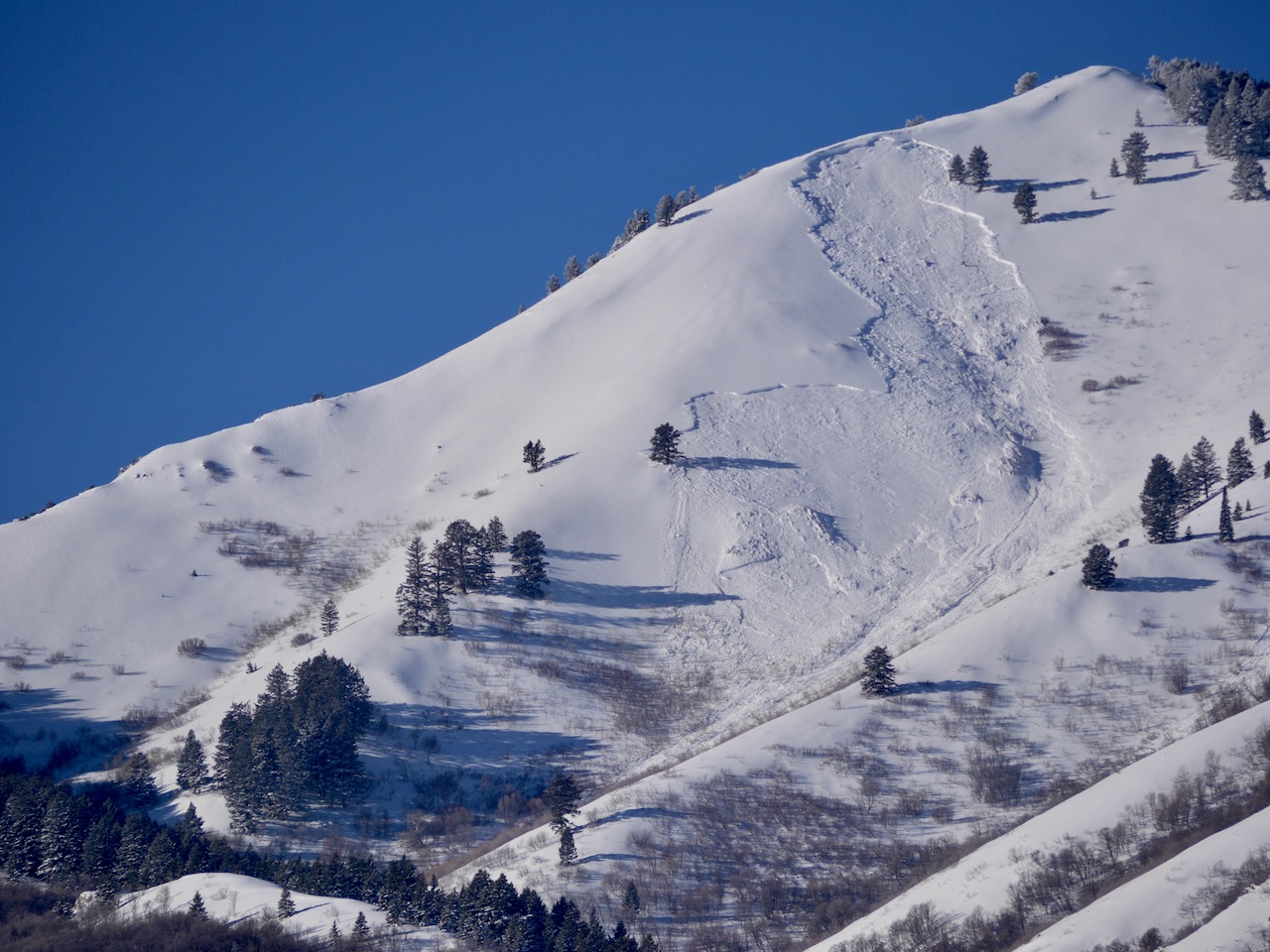Forecast for the Logan Area Mountains

Issued by Toby Weed on
Thursday morning, January 18, 2024
Thursday morning, January 18, 2024
Heavy snowfall and drifting by strong winds blowing from the west have created a HIGH avalanche danger on drifted slopes at all elevations. Very dangerous conditions exist, and people are likely to trigger life-threatening avalanches failing on a widespread buried, persistent weak layer. Large natural and human-triggered avalanches avalanches are likely.
Avoid all travel in avalanche terrain. People should stay off of and out from under backcountry slopes steeper than 30° at all elevations.

Low
Moderate
Considerable
High
Extreme
Learn how to read the forecast here







